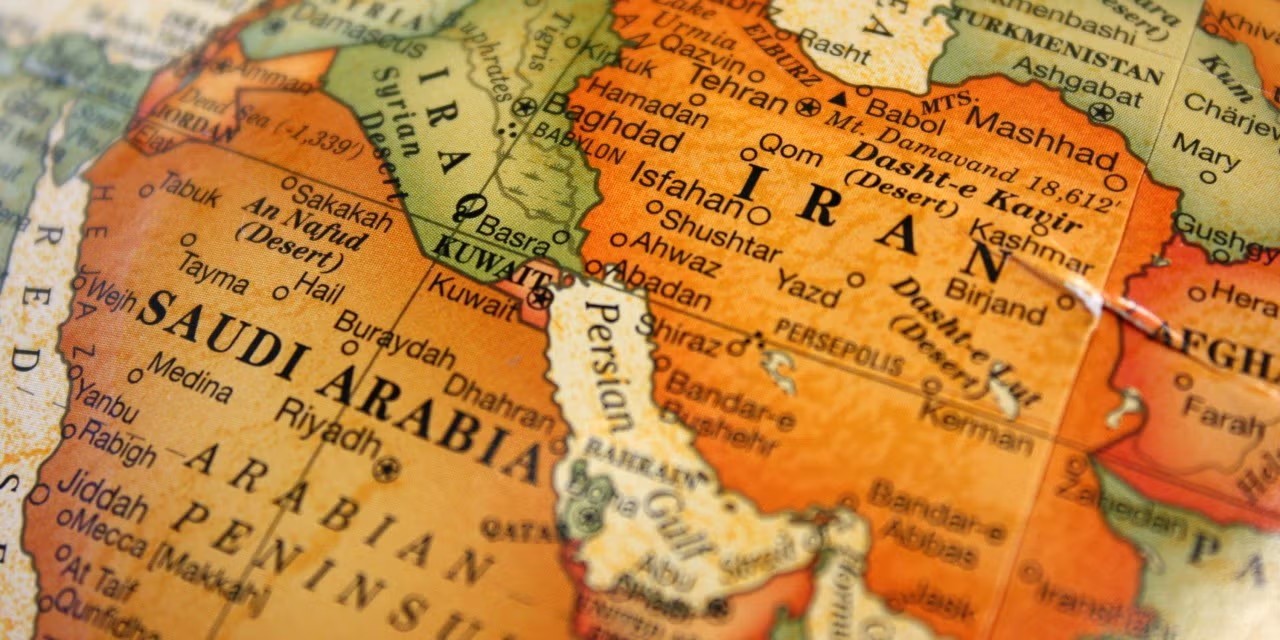Saudi-Iran Rapprochement: Shifting Gulf Equations Amid Talks
Saudi-Iran Rapprochement: Shifting Gulf Equations Amid Talks
Why in the News ?
Saudi Arabia, previously a vocal critic of Iran-US nuclear negotiations, now supports indirect dialogue. A historic Saudi Defence Minister’s visit to Tehran marks changing regional dynamics. The shift reflects evolving strategic priorities and economic goals, especially Vision 2030.
What Has Not Changed ?
- Iran still pursues a regional order excluding the U.S., relying on the “Axis of Resistance” (e.g., Hezbollah, Hamas, Houthis).
- Uranium enrichment continues; Iran’s 60% enriched uranium stockpile grew from 3 kg (2013) to 274.8 kg (2025) (IAEA estimate).
- Saudi Arabia maintains reliance on S. security guarantees, including the Prince Sultan Air Base.
- MBS’s 2018 nuclear deterrence stance hasn’t been reiterated but remains formally unchanged.
What Has Changed for Iran
- Iran now seeks S. withdrawal from the region via diplomatic engagement, not just proxy warfare.
- Sanctions relief and economic revival are now central to Iran’s foreign policy.
- Ayatollah Khamenei has endorsed economic ties with the U.S., indicating internal consensus on talks.
- Shift in Iran’s approach to Saudi Arabia—from confrontation to cooperation for leverage with the S..
What Has Changed for Saudi Arabia ?
- Vision 2030 deadlines are looming; regional peace is now vital for attracting foreign investment.
- Houthi drone attacks (2019) exposed the limits of U.S. military protection, prompting strategic rethink.
- Since 2021, MBS has supported a “special relationship” with Iran, linking it to ending the Yemen conflict.
- Engagement with Iran is key to two tracks:
- A S.-Iran deal to curb nuclear weaponisation
- A S.-Saudi deal for a civilian nuclear programme




